I am aware, guys. The simple definition of the word “aesthetics” can be found anywhere easily these days!
But if you’re here, it might be because you want to read from an actual human. Preferably one that knows what they’re talking about. So I’ll give you just that!
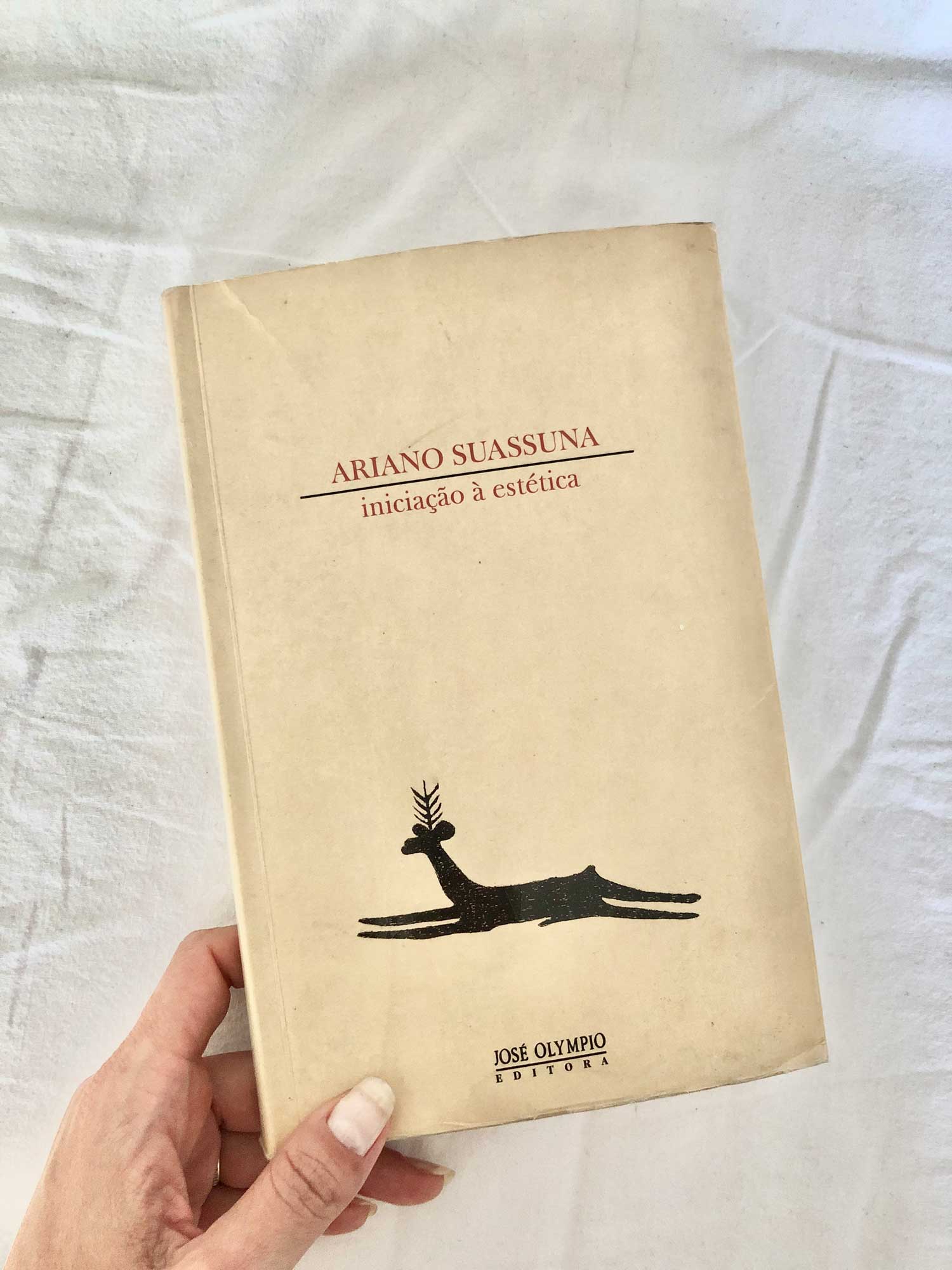

I’m a graphic designer and brand stylist with over 20 years of experience. I’ve studied aesthetics through advertising, graphic design and fashion school. And from there, I’ve built a career around putting what I learned in practice. In the process, I saw the concept of aesthetics evolve from something reserved for art galleries and high fashion, to a universal language that dictates Instagram feeds, Pinterest boards, and even how we organize our physical and digital life. What a ride!
But what does “aesthetic” actually mean? And how do you find yours?
At its root, the word aesthetic comes from the Greek word aisthētikos, meaning “of or pertaining to perception by the senses.” Philosophers like Immanuel Kant used the term to describe how we experience beauty, art, and taste. I just love that ♥
In simple terms:
Aesthetics = What looks good, feels good, and represents your vibe.
It’s about:
- Colors that make you feel calm or excited
- Shapes and textures that resonate with your personality
- Design elements that express who you are. Visually, emotionally, and energetically
How “Aesthetic” Became a Modern Style Word
Like I said in the intro, the word “aesthetics” became cool and trendy, even thought there’s nothing fundamentally new about it. Over the past decade, aesthetic has become a way to describe personal style both online and offline. Platforms like Tumblr (the og!), TikTok, Instagram, and Pinterest turned it from a philosophical concept into a lifestyle tool.
Today, it’s not just about art galleries. It’s about:
- How you dress
- How you style your spaces
- The mood you set for your social media presence
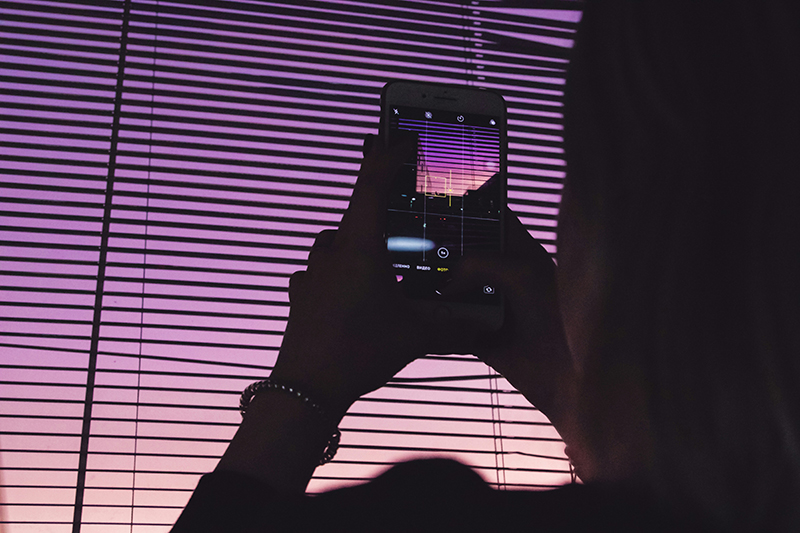

A Note on Modern Aesthetics: It’s Not Always About “Perfect”
One really important thing to highlight when we talk about aesthetics today, especially in photography, design, and social media, is that the aesthetic appeal doesn’t always come from the most polished, perfect visuals. Quite the opposite!
As I mentioned earlier, aesthetic is about what looks good, feels good, and expresses who you are. And in the modern sense, people often put more emphasis on those last two:
- How it makes you feel
- If it speaks your truth
That’s often where the magic happens ✦♡₊˚
Why? Often, what makes you “feel good” and connects with you is familiarity. The sense of relatability can be more powerful than an extravagantly beautiful, perfectly produced and photograph. There’s no doubt marketing experts are aware of this by now, and it has become common for brands to explore that concept in their campains, catalogs and social media posts.
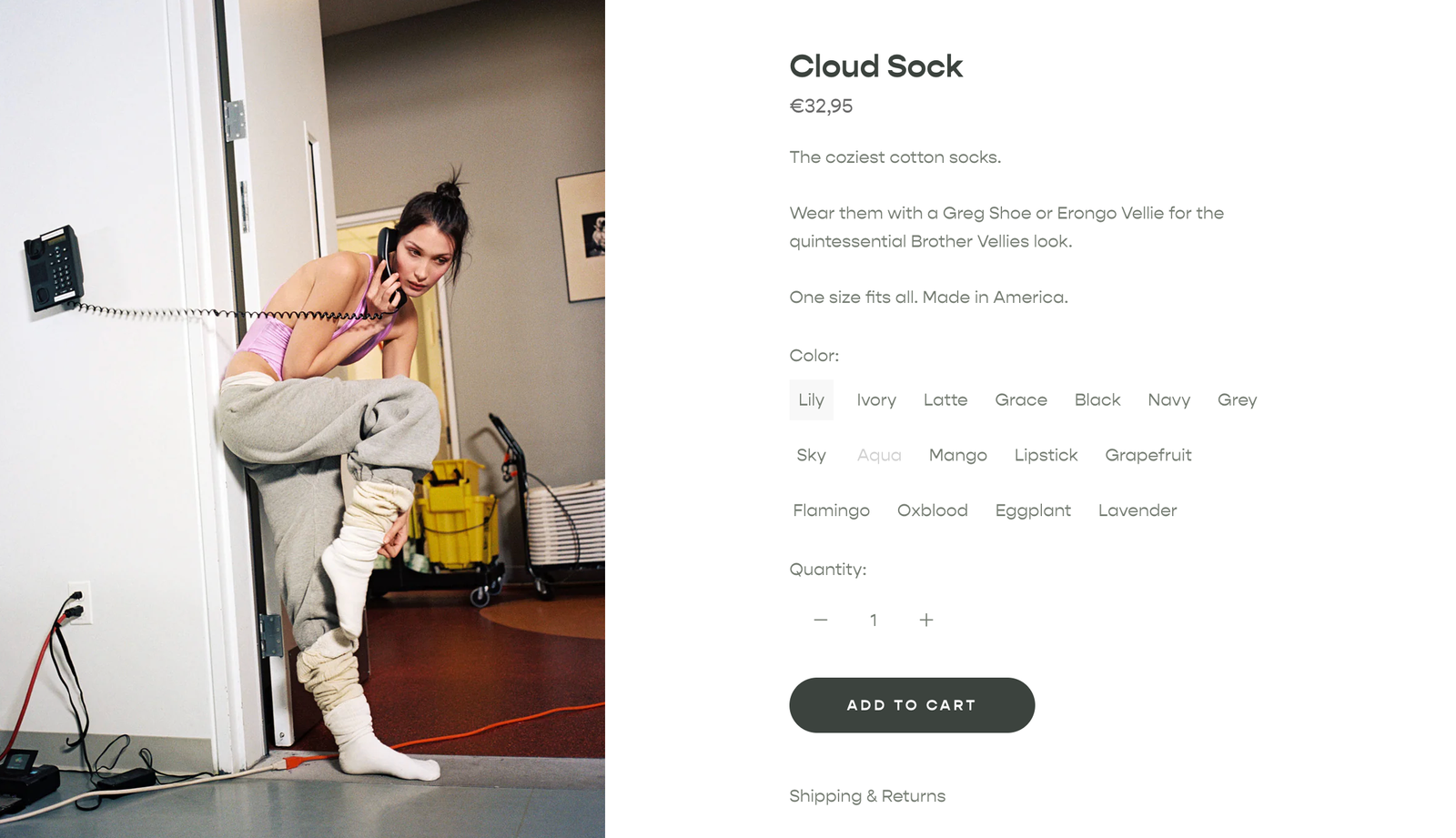

Think about it:
- A slightly blurry photo of your friends laughing in a candid moment can feel deeply aesthetic, even if it isn’t technically perfect.
- Meanwhile, a flawlessly produced stock photo might feel cold and soulless, lacking the authenticity that gives something real character.
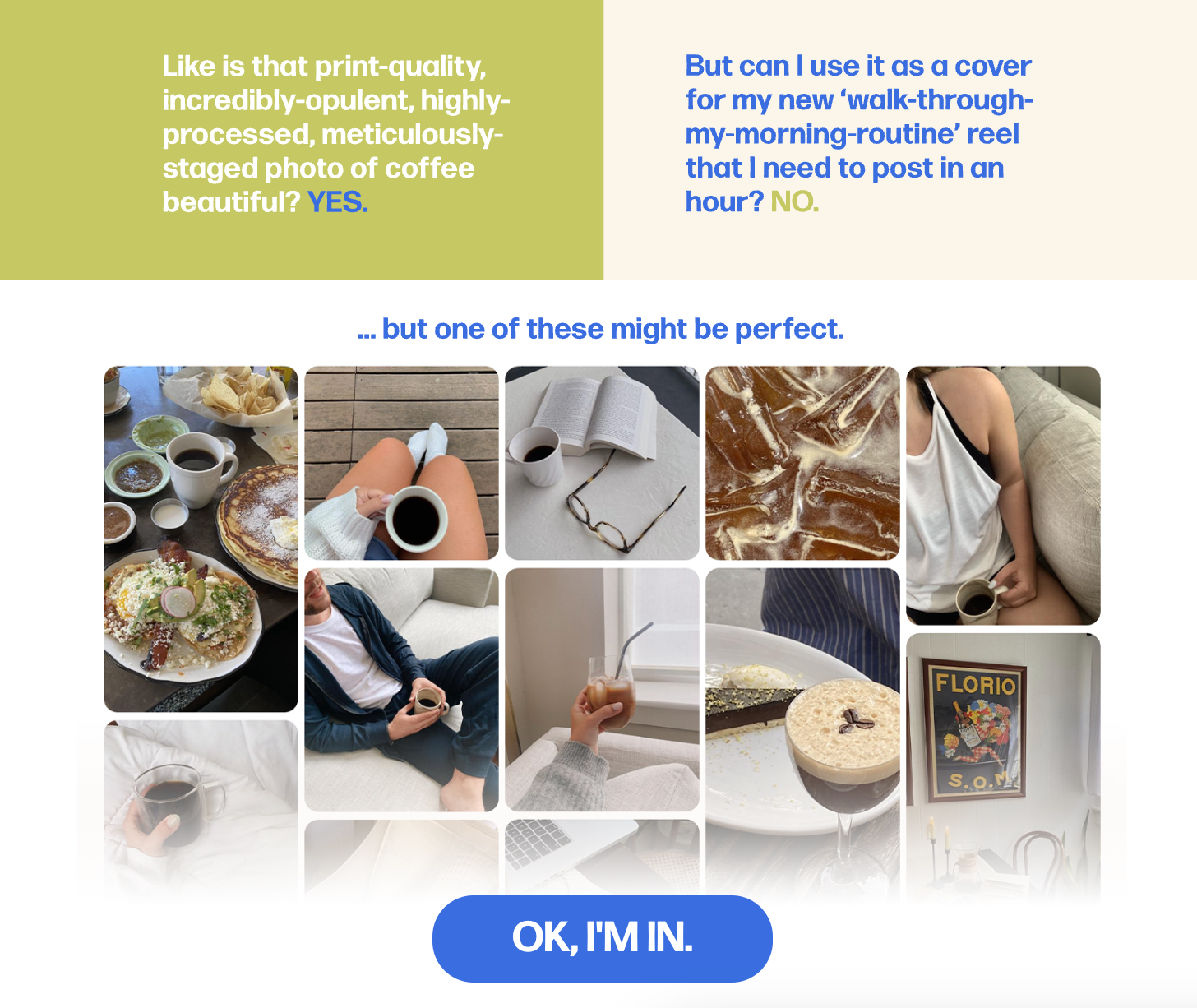

The same goes for graphic design:
- Adding handwritten fonts, roughly cut-out sticker shapes, visible textures, or elements that feel imperfect can make a design look more real and relatable.
- Many would say these “less polished” graphics feel more aesthetic than something hyper-slick and corporate.
Of course, beautifully composed professional photography or design can still be aesthetically pleasing. But there’s no rule that says the prettier or more perfect something is, the more aesthetic it is.
In fact, this is one of the things that confuses people about the modern use of the word:
Aesthetics today is just as much about feeling and authenticity as it is about visual perfection.
And that’s one of the coolest, most human aspects of how the concept has evolved.
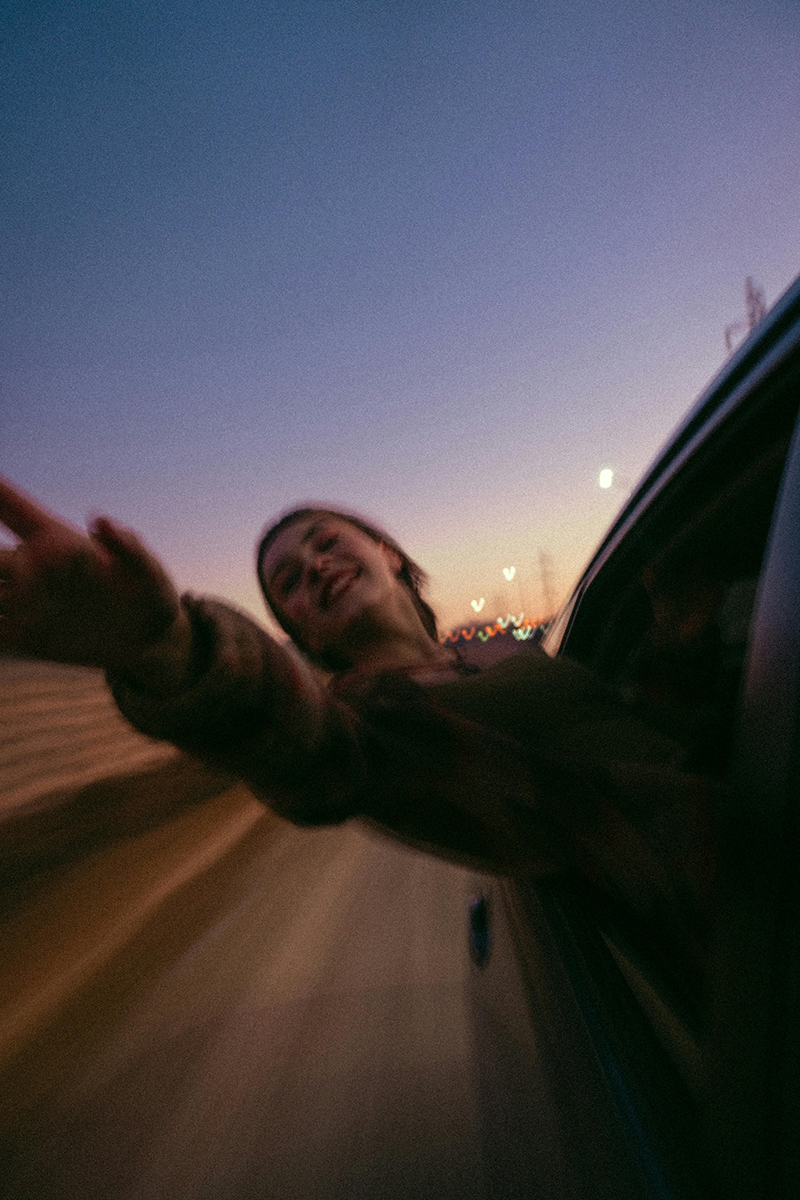

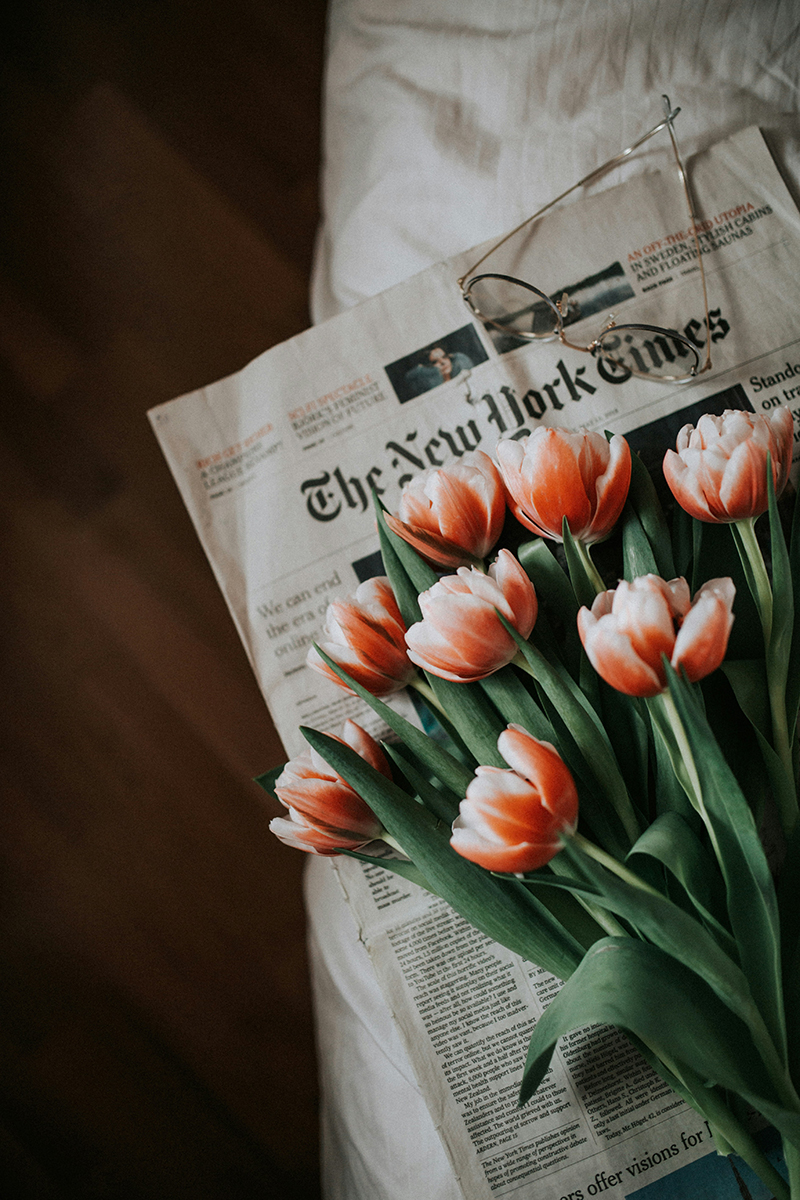

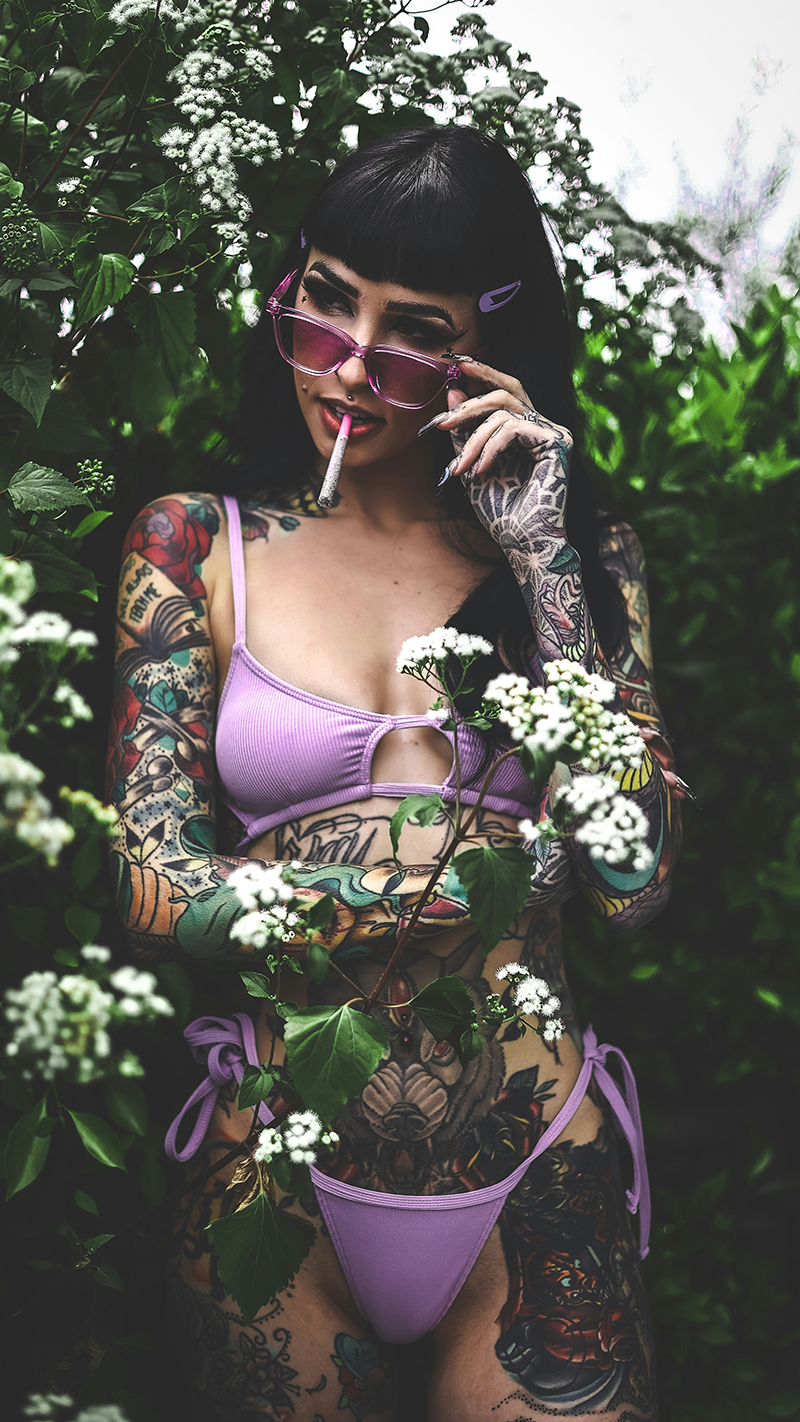

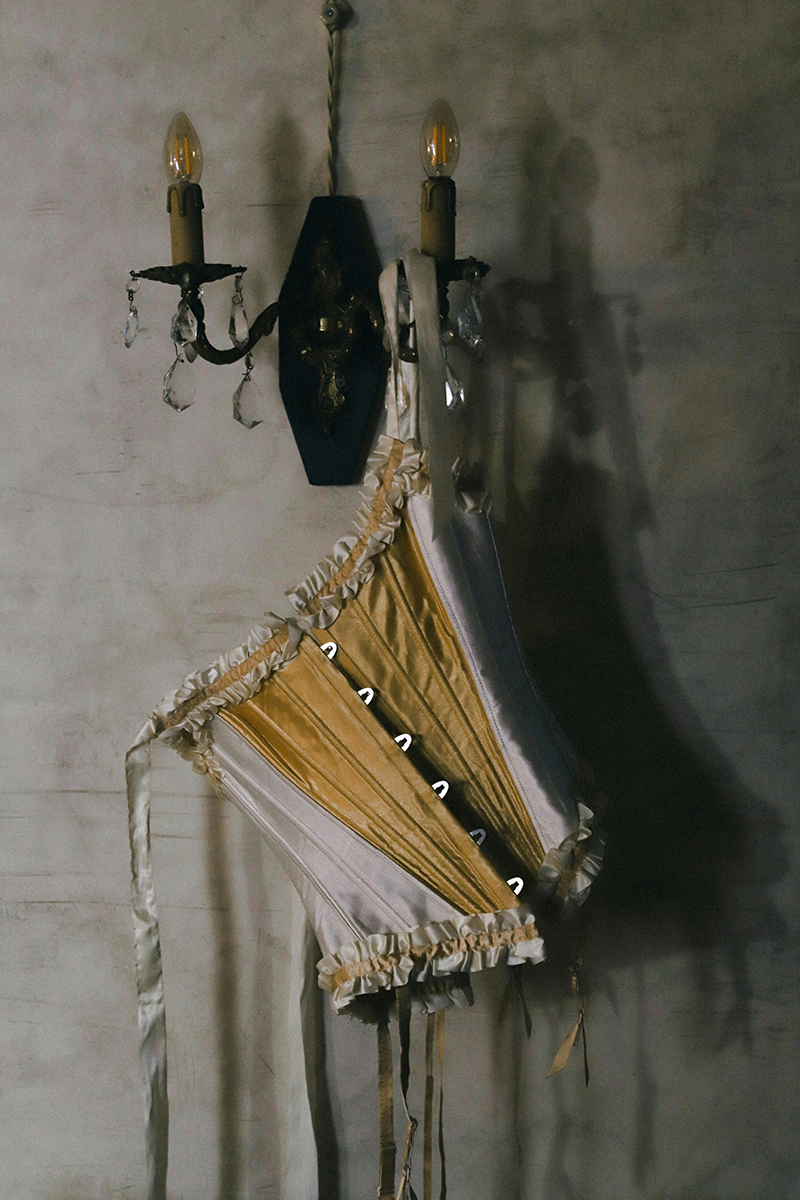

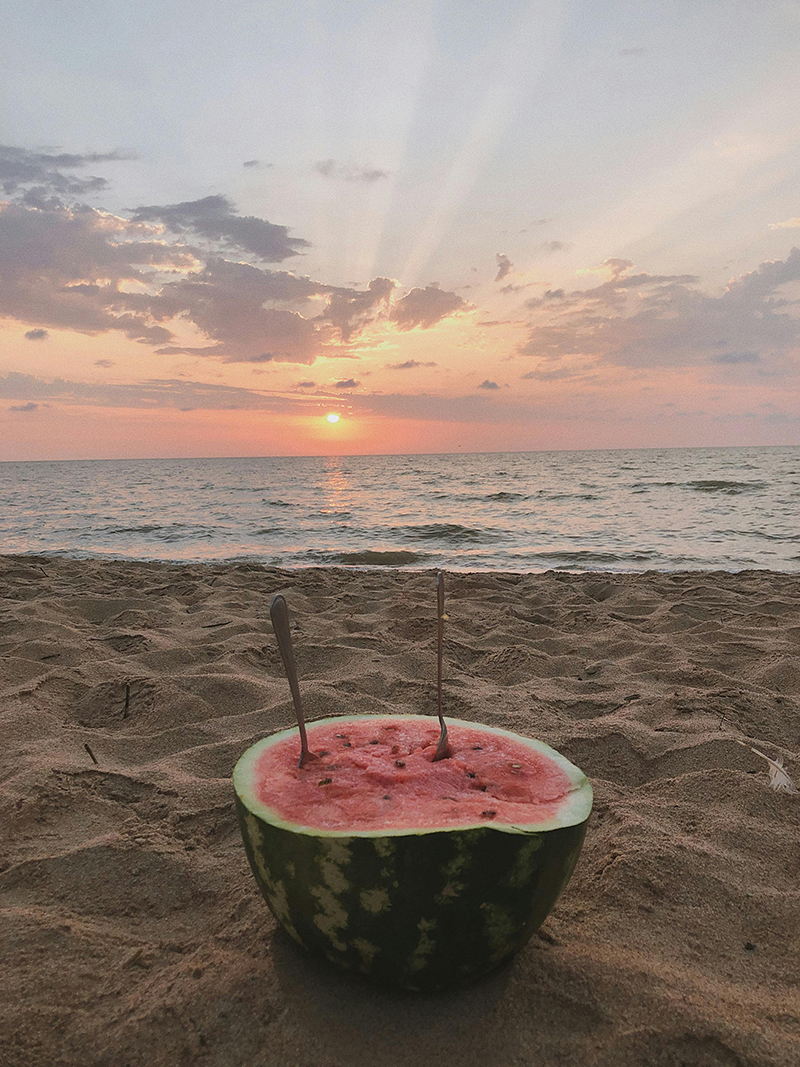

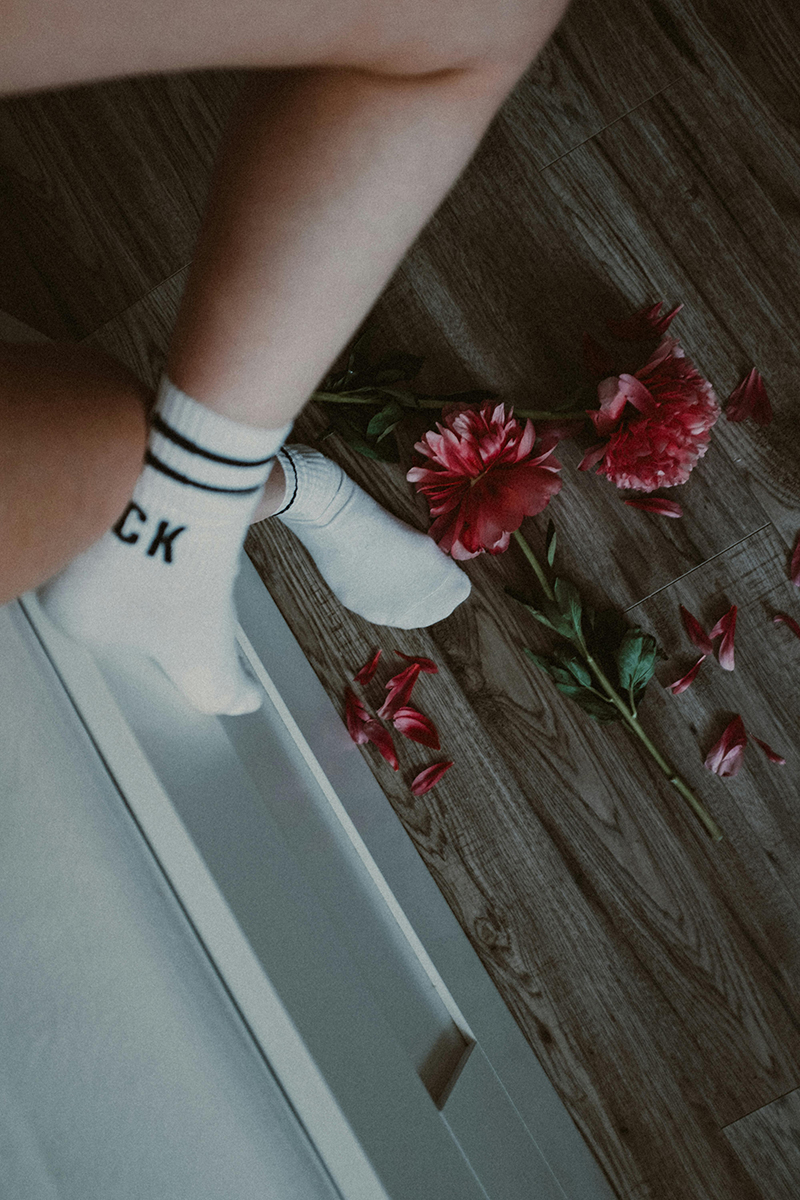

Why So Many Aesthetics End in “‑core”
It all started when something called Normcore emerged in the early 2010s.
The term was coined in 2013 by the K‑HOLE trend forecasting group as a playful reaction to overly curated hipster culture. The idea: finding freedom in looking plain and average, hence “normal” + “hardcore.” Opposite to hipsters, who always seemed to be trying too hard.
Little did we know at the time that Normcore would generate a meme-like explosion of “‑core” aesthetics.
Not so fast in the begining, it was still niche and gaining momentum. Then the word “cottagecore” appeared around 2018 in the Tumblr aesthetic community and exploded during the 2020 pandemic as people sought calm, homey visuals . The rest, my friends, is history-core.
Today, “‑core” applies to almost any vibe that feels like an aesthetic identity — from goblincore (embracing quirky nature artifacts) to corecore (a self-aware, postmodern collage aesthetic). In fact, and I low-key love this, The Atlantic described the suffix as “a compendium of real and specious trends”. Fashion editors often debate when it gets overused, with commentary in Vogue considering it “the new chic” while The Guardian notes criticism of how core terms diluted French linguistic purity.
If you ask me, I think they’re all wrong, but also completely right.
Popular Aesthetics You Should Know
Here’s a breakdown of some of the most loved aesthetics in recent years, with real-world examples from fashion, movies, and social media trends:
Angelcore
- Mood: Soft pastels, angelic imagery, ethereal glow
- Seen In: Lana Del Rey visuals, Pinterest moodboards
- Where You Might Use It: Wallpapers, Instagram edits, fashion accessories
Dark Academia
- Mood: Earth tones, vintage books, libraries, candlelight
- Seen In: Harry Potter universe, Dead Poets Society, TikTok study setups
- Where You Might Use It: Room decor, planner themes, outfit styling
Coquette Aesthetic
- Mood: Hyper-feminine, bows, lace, vintage perfume bottles
- Seen In: LoveShackFancy brand, balletcore outfits
- Where You Might Use It: Phone icons, social media profile styling
Clean Girl Aesthetic
- Mood: Minimalist colors, sleek hairstyles, neutral tones
- Seen In: Hailey Bieber’s looks, TikTok makeup routines
- Where You Might Use It: Personal branding, Instagram feeds
Y2K Aesthetic
- Mood: Bright colors, metallic textures, retro tech
- Seen In: Early 2000s pop stars, Bratz Dolls, TikTok throwback trends
- Where You Might Use It: Icon sets, wallpapers, fashion moodboards
How to Find Your Own Aesthetic
Finding your personal aesthetic isn’t about copying a trend. It’s about figuring out:
- What colors you’re drawn to
- What textures and patterns feel like you
- What brands, movies, and styles make you feel most like your best self
Simple Steps to Start:
- Create a Pinterest board or Instagram saves folder.
- Collect anything that catches your eye — colors, quotes, outfits, room setups.
- Look for patterns: Are you more pastel or bold? Vintage or modern?
- Experiment! Customize your phone, room, outfits little by little.
Why Your Aesthetic Matters
It’s not just about looking good. Your aesthetic can help you stay organized and focused, feel more confident in your personal style, and build a brand, business, or social presence that reflects your true self. By incorporating elements that resonate with your individuality, you create an environment that inspires creativity and productivity.
A thoughtfully curated aesthetic not only enhances your external appearance but also reinforces your internal mindset, paving the way for stronger connections with others who share your values and vision. Ultimately, embracing your unique aesthetic empowers you to express your identity authentically, fostering a lasting impact in both personal and professional spheres.
Final Thoughts
If you’re ready to explore and express your aesthetic, check out The Aesthetic Shop’s customization kits. From icon sets and wallpapers to editable Canva templates and printable posters, everything I create is designed to help you live your most beautiful, aligned digital life.
Beijos,
Lu
Discover more from The Aesthetic Shop
Subscribe to get the latest posts sent to your email.

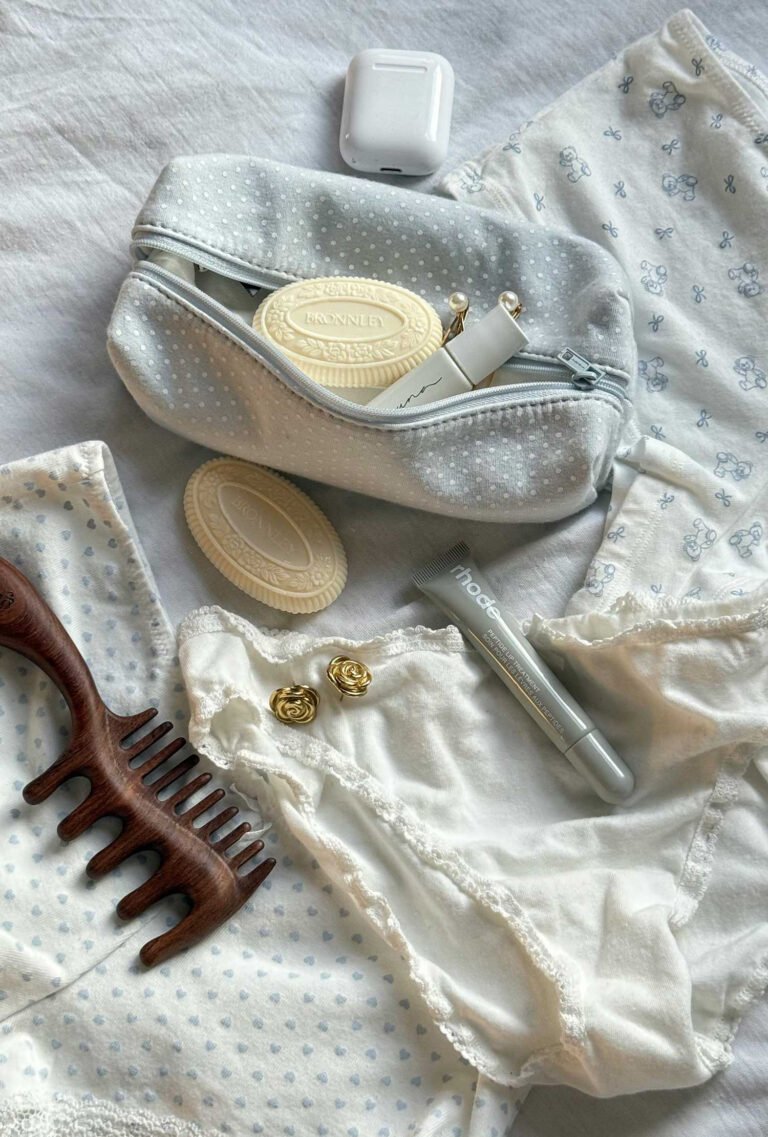

[…] more about this topic on a recent post I published on the blog about the modern concepts of “aesthetics”. It’s really worth the […]